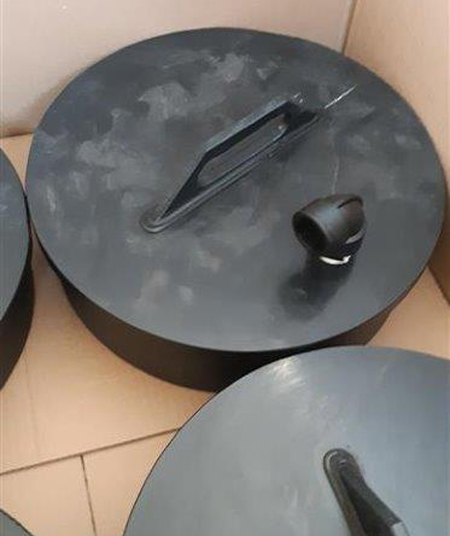

Biogas is one of the most widespread alternative sources for the production of renewable electricity and heat. This natural gas is the product of the fermentation of various types of gas, all of different origin. The most significant portion is made up of methane and carbon dioxide, with smaller amounts of ammonia and hydrogen sulphide. Biogas is the product of the natural process of anaerobic bacterial fermentation in the organic residues of decaying plants, decomposing carcasses, and waste in general. This gas was created specifically to harness the value of industrial and animal waste.
Numerous sectors produce waste on a daily basis: from livestock excretions (whether solid or liquid) to waste from the processing and transformation of agricultural or animal products in the agro-industrial sector; from pruning residue to crop waste and even the organic fraction of municipal solid waste.
Wondering what the advantages of using this natural gas are? Without a doubt, one of the pros is that it avoids the ‘ex novo’ production of carbon dioxide, unlike in the case of fossil fuels. With biogas, combustion only generates the quantity of carbon dioxide indirectly taken on board by the animals and fixed by the plants. At the same time, using it cuts down the emission of methane produced by decomposing animal carcasses.
But the benefits don’t end there. Just think: to produce it, we use ‘waste’ materials, and the end result is an excellent quality fuel available ‘on site’. In doing this, we recover waste which would otherwise have to be processed appropriately, with negative consequences for the environment. The impact on the environment is further mitigated by the reduced supply (and consequent distribution) of traditional fossil fuels. Another positive aspect is the option of using the leftover biomass as fertiliser. Finally, the free diffusion of methane resulting from animal and plant decomposition is also reduced.
In order for this gas to provide a good return from both an energy and an economic standpoint, custom-made facilities are a must in order to avoid potential leaks. To be turned into energy, the gas must first be collected, then accumulated, and then safely burned. Many scenarios call for technology that makes use of bacteria inside specially designed ‘fermenters’. Next, a co-generator uses special steam engines and turbines to convert the gas into electricity and heat.
If you are interested in this topic and would like to know more, Rariplast will be happy to guide you through it. Among its many services, the company builds systems for the recovery of natural gas as mentioned above. Rariplast also handles the transport of this gas through HDPE pipes, components and systems, along with tanks and wells produced according to the specific needs of each individual customer.
Rariplast manufactures HDPE pipes for biogas plants including:
Contact us by phone or fill in the online form to request more information or get a quote.